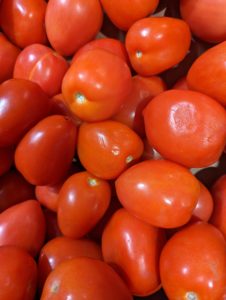
Plum Tomatoes
Fresh Tomato Day is today! Tomatoes can be eaten raw or cooked. While botanically a berry, tomatoes are treated as vegetables for cooking and eating. Mostly composed of water, tomatoes are relatively high in Vitamin C.

Plum Tomatoes
Fresh Tomato Day is today! Tomatoes can be eaten raw or cooked. While botanically a berry, tomatoes are treated as vegetables for cooking and eating. Mostly composed of water, tomatoes are relatively high in Vitamin C.
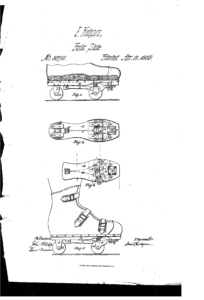
Roller Skates Patent
Roller skates were patented in 1869 by Isaac Hodgson. He received Patent Number 88711. His patent led to other types of skates: clip-on skates, in-line skates, and the skate board. Children can view the patent at: Roller Skates Patent.
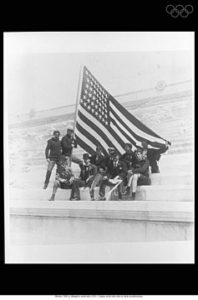
The American Athletes
First modern Olympics opened in Athens, Greece, in 1896. It concluded April 15, 1896. Fourteen countries sent athletes, and events included athletics (some track and field events), gymnastics, wrestling, weightlifting, swimming, tennis, cycling, shooting, and fencing. Women did not compete until 1900, and the first winter Olympics occurred in 1924. Idea: Hold a class-wide Olympics. Include such events as reading and walking at the same time, spelling words associated with the Olympics, and conducting math problems related to sports statistics. Children could visit a website at: Olympics.
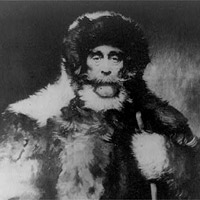
Robert E. Peary
Robert E. Peary claimed in 1909 he was the first person to reach the North Pole. He, his assistant Matthew Henson, and four companions traveled to within several miles of the North Pole. Peary rested for a few hours and then, with two companions, finished the journey (according to his calculations). Many experts feel he did not actually reach the North Pole. Children could learn more at: Peary.
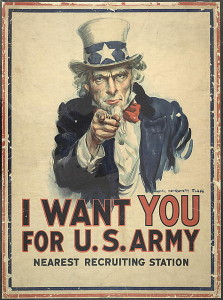
1917 Uncle Sam Recruitment Poster
United States declared war on Germany in 1917, bringing America into World War I. The Allies (United States, Great Britain, France, and Russia) fought the Central Powers of Germany and Austria-Hungary. The war informally ended on Armistice Day (now Veterans Day) on November 11, 1918. The Treaty of Versailles formally ended the war on June 28, 1919. Children can learn more from the resources at: http://www.neok12.com/World-War-I.htm
Polytetrafluoroethylene (Teflon) was accidentally discovered in 1938 by Roy J. Plunkett, who worked for DuPont. Today Teflon is used in containers that might store corrosive materials. It can be used as a lubricant. Teflon is also popular in cookware, and it can be used as graft material for surgeries.
Graeme Base (born Amershame, England, 1958) is an author and illustrator. One of his most famous works is Animalia, published in 1986. Children could visit his very interesting website at: Graeme Base.
Raphael (born Urbino, Italy, 1483; died Rome, Italy, April 6, 1520) was a Renaissance painter. He was also an architect. Children could visit a website at: Raphael and look at some prints of his works. How does he compare with other artists of the Renaissance?
Rose Schneiderman (born Saven, Poland, 1882; died New York, New York, August 11, 1972) fought for better working conditions for women. Children could learn more at: Rose Schneiderman.
James Watson (born Chicago, Illinois, 1928) created, with Francis H. C. Crick, a model for the structure of DNA. The two, along with Maurice H. F. Wilkins, received the 1962 Nobel Prize for physiology or medicine. Older children could see his fascinating TED Talk at: James Watson.